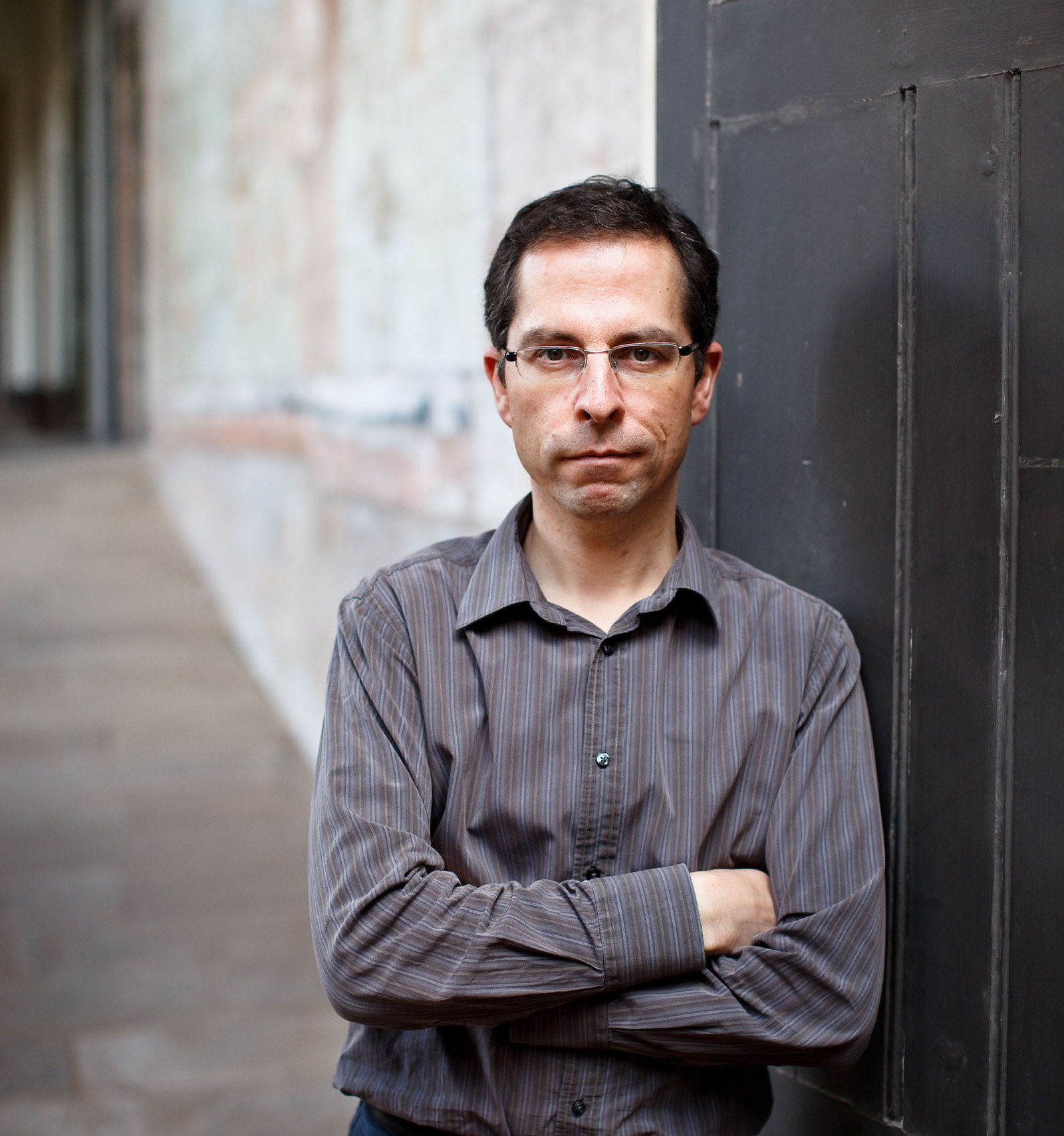Raphael Clint sundial
A bronze sundial (without base) engraved by Raphael Clint in Sydney, c1840.
As time-telling devices sundials have an ancient history but, by the middle years of the 19th century, as clocks and pocket watches became more affordable and more reliable, the role of the sundial became increasingly one of ornament - though its presence in a garden could still serve as a reminder of the passing of time and brevity of life.
The influential English garden writer John Claudius Loudon stated in his Encyclopaedia of Cottage Farm and Villa Architecture and Furniture, first published in 1833, that ‘a sundial is one of the most agreeable and useful of architectural appendages, and in this country [England] is become venerable, as a piece of garden furniture.’ In the late 1830s and early 1840s Loudon’s readers in colonial New South Wales were able to follow his advice when the engraver Raphael Clint advertised in the Sydney press that he could provide ‘logarithmic sun dials for every ten miles of the colony.’ (The Colonist 26 January 1837) Within weeks he had refined his offer, advertising sundials ‘for any five miles of the territory’ and urging their particular utility for gentlemen ‘residing or having stations in the interior’. He could provide ready calculated sundials from his stock and could also compute sundials to any particular locality.
Clint is the best known of only a few makers of sundials in mid-19th century New South Wales and a number of his sundials survive, a few in situ and others in museum collections.
Published on
Related

Wallpaper
Wallpaper printing rollers: from machine printing to 3D capture
In December 2022, Phyllis Murphy AM generously donated to the Caroline Simpson Library more than 3,000 wallpaper samples. While the bulk of the donation consists of wallpaper rolls, lengths and sample books, it also includes two printing rollers

House photo albums
These specially produced photograph albums (some in published form and others consisting of photographs pasted into an album) comprise images of one or more domestic dwellings and depict exteriors, interiors and gardens in NSW mostly from the late 19th to the early 20th centuries

Richard Stringer’s architectural photographs, 1968–2003
This portfolio contains 55 photo prints taken by architectural photographer Richard Stringer, dating from 1968 to 2003, documenting significant Australian domestic buildings

Barry Wollaston: historic buildings in the county of Cumberland (NSW), 1954
This collection consists of 232 photo negatives by architect and photographer Barry Wollaston of buildings in the Sydney region considered by the Royal Australian Institute of Architects in the early 1950s to be of architectural and historical value
